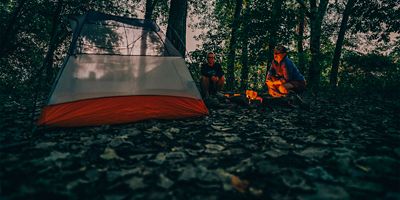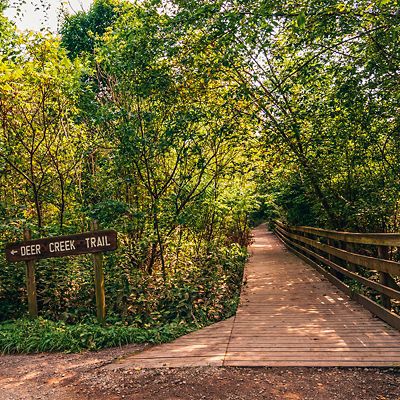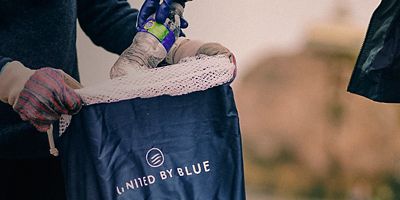
At 137 miles long, it emerges from the rough Appalachian rock in West Virginia and flows north through western Maryland before making its way up through southwestern Pennsylvania. Due to this northerly course, the Lenape people knew it as “a stream flowing in a contrary direction.” And while the Youghiogheny (aka the Yough, pronounced “yock”) offers paddling, hiking, climbing and biking on or along its banks, those adventures can run in contrary directions as well—from mild to extreme. One perfect place to start is the mellow, northern valley section of the Yough, from Connellsville to its confluence with the Monongahela River in McKeesport, which provides abundant opportunities for both the beginner paddler and the novice angler alike.
Paddling the Yough
While the northern Yough is mostly flat and gentle, the dam-regulated waterway does have a handful of minor ripples to navigate which will be more or less pronounced depending on water level. (Check the forecast as well as USGS gauges for updated flow information in Connellsville; the low to high window for ideal paddling flows ranges from 1,000 to 2,000 cubic feet per second.) As always, dress appropriately for the water temperature, wear a Coast Guard-approved personal floatation device (PFD), and bring proper safety equipment.
Fishing the Yough
The northern Yough is home to a diverse assortment of game fish, both native and stocked, including: crappie, sunfish, rock bass, smallmouth bass, rainbow trout, walleye, carp, catfish, drum and muskie. Spurned by shortened days of summer turning into fall, smallmouth and other ambush-type sportfish tend to move into shallower waters, putting a kayak angler in prime position to fish out from the middle, or from deep to shallow. Targeting areas of cover such as debris piles, bridges and low-hanging branches can yield great results (size minimum and creel limits vary per species; taking trout requires an additional stamp added to your fishing license). Another favorite approach is to work the downstream side of ripples as fish tend to hold in there, waiting for food (or your lure) to come flowing downstream.
Whether you’re the type of angler who’s out to hook their dinner, or simply happy to put back whatever you catch (preferred for keeping local fish stocks healthy), there are near infinite rod/reel/line/bait combinations. New to fishing? Get well acquainted with the operation of your rod and reel from terra firma before trying your hand from a moving canoe or kayak. Also, consider purchasing/fabricating some sort of buoyant insurance for your tackle. If accidentally dropped overboard, a rod and reel can be nearly impossible to retrieve.





